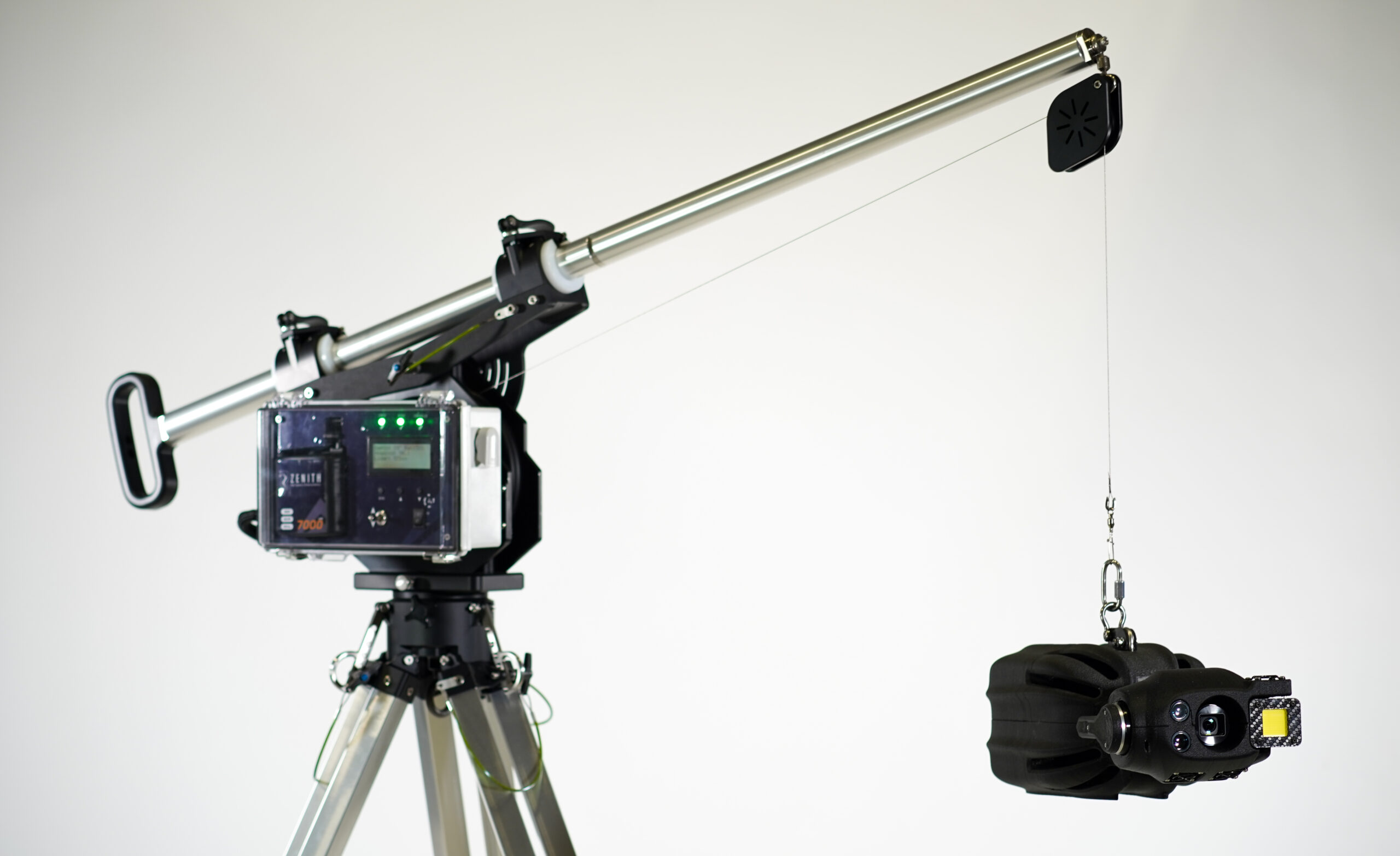Case Study: Cleaning Up Covanta Scrubber Inspection with Zenith

The need for clean energy in our global need to reduce emissions can’t be over-emphasised. Today’s technology is playing a key role in the waste-to-energy market, including both the conversion process and reducing the practice of greenhouse gases entering the landfill process.
An important element is the conversion of these gases into solids. This is carried out by first burning the waste within a boiler, creating a mix of both waste and usable flue gases. This is transferred into a scrubber – an open vessel where it’s mixed with various chemicals to separate the clean gas from the waste. The waste is formed into pellets that are collected, and the clean gas is transferred for use within the domestic and industrial markets.
The assets involved are subject to mandatory inspections, checking for corrosion and damage that could present a safety hazard and/or reduce the efficiency of the process.
Covanta is a major player in the waste-to-energy market. The company was keen to both reduce inspection costs and take a proactive maintenance approach, whereby they increased the number of asset inspections over that of the mandatory requirements. They approached key robotic and technical provider, Interactive Ariel, to trial whether the unique attributes of Zenith could help achieve this.
The Asset
The assets to be inspected were two open scrubber vessels in separate locations. While the internal geography of the units was not particularly complex, the top access point on both was particularly narrow.
The vessels are typically inspected manually, involving complete shutdown, the erection of scaffolding and working at height/confined space entry for human inspectors. The price of the scaffolding for a single unit alone was in excess of $50K, plus the loss of valuable working time, the cost and risk of human entry, as well as the danger of unevaluated damage during the lengthy time between mandatory inspections.
Covanta was keen to discover if, by using the Zenith 4K vertical inspection camera, they could increase the quality and quantity of such inspections, as well as reduce their overheads.
The Challenges
The greatest challenge was the access point. This was particularly narrow – so small that it wasn’t large enough to allow the body of the Zenith unit to pass through. Apart from this, the scrubber units didn’t pose any great internal structural geometry. They were, however, located in two separate states.
Apart from the distance between the two scrubbers, the greatest problem was how to introduce Zenith into the asset.
The Solution
Zenith’s construction has been created for wholly diverse use. One of the greatest advantages of this incredibly advanced inspection tool is its uniquely simple design that allows such problems to be easily overcome. In the case of entry into the scrubbers, this was overcome using the following approach:
- The top stabilisation tripod and winch from which the camera hangs were set up over the narrow inspection access point.
- A weight was attached to the cable and lowered into the asset.
- A second inspector entered the scrubber through a slightly lower side-access hatch.
- From here, the inspector was able to grasp the dangling cable using the Zenith retrieval tool. Because the hatch was larger, the Zenith unit could be introduced into the scrubber and safely attached to the cable. This was done without breaking the plane for confined space.
Once the unit was in place, Zenith was placed into automation mode to carry out a full inspection. Once complete, the process was carried out in reverse to remove Zenith from the scrubber.
The unit enabled a full, fast, and detailed inspection to be carried out. The camera was lowered and raised, spinning through 360o to capture 4K video and 18MP photographic images with 30x optical zoom. This allowed for unlimited visualisation of every part of the scrubber unit. The battery-powered smart-winch works in fully automated mode. This meant that once the set-up had been completed, no manual intervention was needed.
In Summary
The result of the Zenith inspection of Covanta Scrubbers over-delivered on all expectations. Traditional inspections typically took days to achieve – from scaffolding build and take-down, to inspection and full sandblasting, a process that costs hundreds of thousands of dollars.
With Zenith, the inspection of both scrubbers (at locations in different states) was carried out in only three days and at less than a tenth of the usual cost. The company determined that the use of Zenith and other inspection robots was a truly viable alternative to confined space entry. It also allowed for a far more dynamic approach to the maintenance process, meaning any areas of concern could be more easily and regularly monitored. It also means that repair processes are subject to more accurate advanced planning and the chance of unexpected breakdowns could be dramatically reduced.
At Nexxis, such a forward-thinking approach is what makes us stand out from other equipment procurement providers. The company is committed to helping customers discover a uniquely innovative way to take advantage of the latest technology to increase their market position.
Contact us to find out more about the Zenith 4K vertical inspection camera or any of our other custom solutions, or request a quote online.
Carry on reading How Robots Are Shaking up NDT Inspections to find out more.
